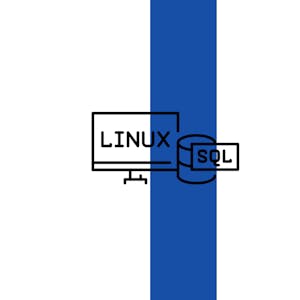Tools of the Trade: Linux and SQL
About this Course
This course focuses on foundational computing skills that support the work of a security analyst. It begins with an introduction to computer operating systems, followed by a closer exploration of Linux, an operating system commonly used by security professionals. By the end of this course, learners will be able to use the Linux command line through the Bash shell to navigate and manage the file system and to authenticate and authorize users, and they will also be able to use SQL to communicate with a database. By the end of this course, you will: - Explain the relationship between operating systems, applications, and hardware. - Compare a graphical user interface to a command line interface. - Identify the unique features of common Linux distributions. - Navigate and manage the file system using Linux commands via the Bash shell. - Use Linux commands via the Bash shell to authenticate and authorize users. - Describe how a relational database is organized. - Use SQL to retrieve information from a database. - Apply filters to SQL queries and use joins to combine multiple tables.Created by: Google

Related Online Courses
This guided project, Wireshark for Beginners TCP/IP Protocol Fundamentals, will help a beginning security analyst who is looking to use Wireshark to analyze Transmission Control Protocol and... more
With Amazon Keyspaces (for Apache Cassandra), you can run Cassandra workloads on Amazon Web Services (AWS) using the same application code and developer tools that you use today. In this course,... more
Learn and practice the basic principles of running an effective music ensemble rehearsal. Techniques and strategies are applicable to a variety of ensembles, including bands, orchestras, choirs,... more
This Specialization is intended for anyone with a passion for learning who is seeking to develop the job-ready skills, tools, and portfolio to have a competitive edge in the job market as an... more
Course 4 presents an overview of cognitive capacities and limitations. You will distinguish between different types of attention, compare and contrast different types of memory, identify the most... more








